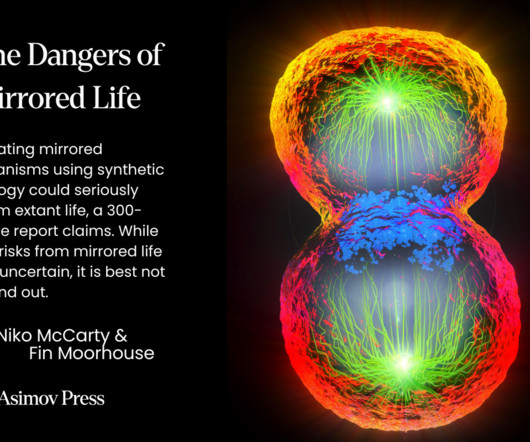Maui Fires: How Mitochondrial DNA Will Identify Human Remains
PLOS: DNA Science
AUGUST 17, 2023
The Maui firestorm was so vast and fast that most identification of human remains will come from bits of persisting DNA from mitochondria. MtDNA in Forensics and Genealogy Mitochondrial DNA (mtDNA) is used in forensics to match the tiniest bits of human remains to families. Mitochondrial DNA is also far more abundant than nuclear DNA.





















Let's personalize your content